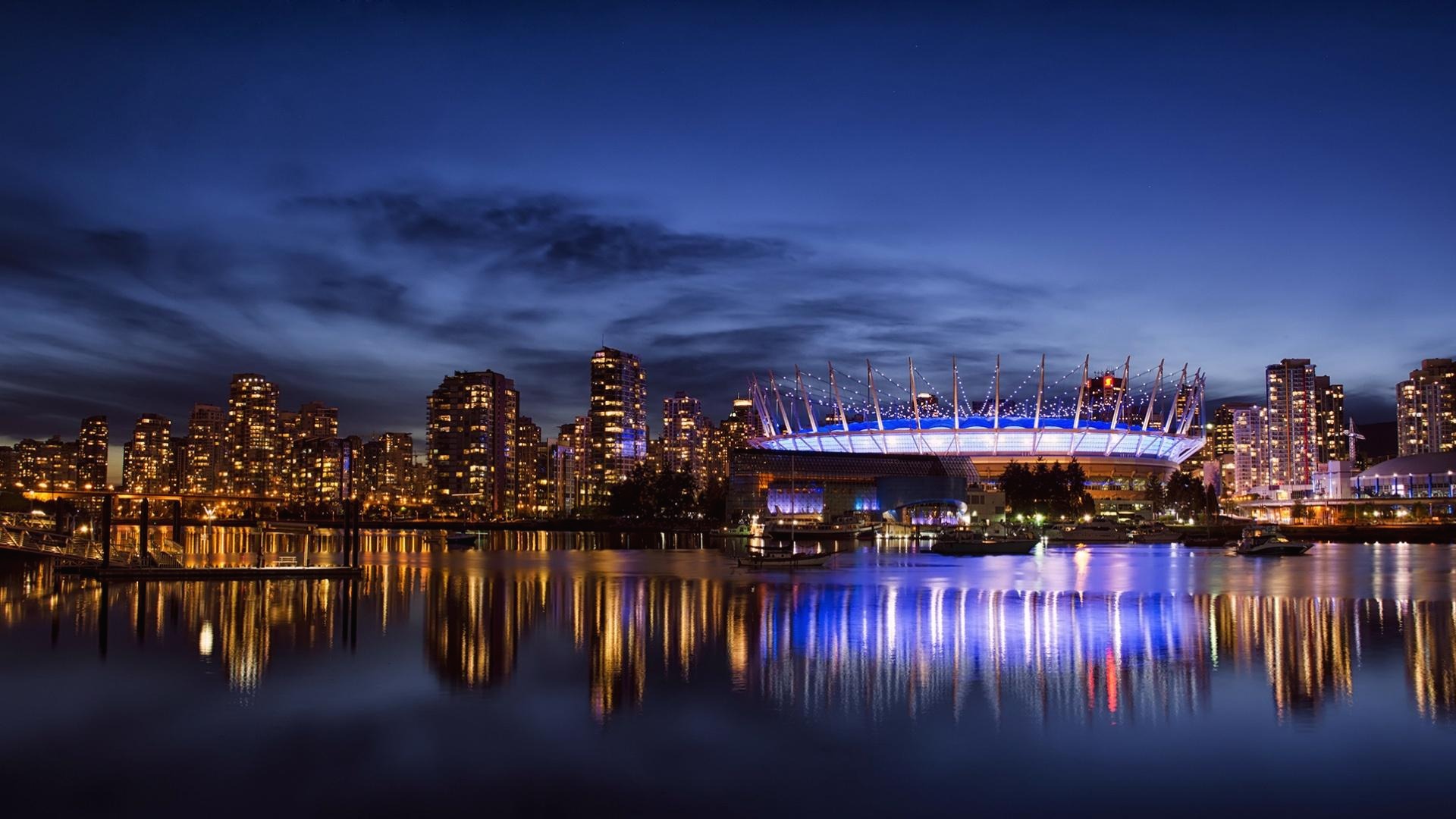South Korea launches world’s first auction for clean-hydrogen power generation
The South Korean government has today launched the world’s first auction for clean-hydrogen fired power generation, for up to 6,500GWh of electricity produced per year over a 15-year period, starting by 2028. The 15-year contracts are available for 100% H2-based electricity generation (using turbines or fuel cells), ammonia co-fired in coal power plants, or to hydrogen co-fired at natural gas power plants. The Ministry of Trade, Industry and Energy (Motie) has reportedly set a bidding deadline of 8 November to take into account the time it would take for power-generation companies to enter into hydrogen-purchase contracts.
Bidders will be evaluated both on the price bid for the electricity produced — which will take the form of a top-up on the market power price — and on non-price criteria, including the level of greenhouse gas emissions emitted by the production of the clean hydrogen.
The auction is open to power generation companies using hydrogen produced with greenhouse gas emissions of up to 4kg of CO2-equivalent (CO2e) per kilogram, but projects with such high emissions will be unlikely to win at auction. The emissions-based grading system gives a maximum 35 points to hydrogen produced with less than 0.1kgCO2e/kgH2, while hydrogen made with 4kgCO2e/kgH2 will receive just one point.
This gives green hydrogen made from renewables an advantage over blue H2 made from fossil fuel with carbon capture and storage. But using renewable electricity to produce hydrogen or ammonia that will be burned in fossil-fuel power stations to produce electricity has been heavily criticised.
Co-firing ammonia with coal, in particular, has come under fire for being dirtier than unabated natural gas power generation, producing power that would be significantly more expensive than using renewable energy directly, and a greenwashed excuse to keep highly polluting fossil-fuel assets on line for as long as possible at the expense of the planet. The auction is due to be the first of several, with the government targeting 13TWh of cumulative clean-hydrogen power generation by 2030. Presuming round-the clock generation, that equates to about 750MW of power capacity.
Both South Korea and Japan are planning to reach net-zero emissions by importing large amounts of green hydrogen, based on the belief that they do not have enough available land to produce enough electricity for their densely populated, energy-hungry nations.
But critics have pointed out that neither country is planning to make full use of its offshore wind or rooftop solar potential, and that using imported H2 would make its electricity so expensive that each country’s products might not be able to compete on international markets.
Grey hydrogen power auction Motie also simultaneously launched its third auction for general hydrogen-fired power generation — essentially for grey hydrogen produced from unabated fossil fuels — of up to 1,300GWh/year, for delivery in 2026. The ministry launched its first general hydrogen power auction in March last year, with 715GWh of annual generating capacity awarded for 20 years to five projects in August 2023 — and a second one, for 650GWh, in September 2023. Winners at these two tenders are due to deliver electricity in 2025.
South Korea launches world’s first auction for clean-hydrogen power generation | Hydrogen Insight
South Korea launches world’s first auction for clean-hydrogen power generation | Hydrogen Insight
South Korea launches world’s first auction for clean-hydrogen power generation Tender is open to projects that would co-fire ammonia or H2 at coal or natural-gas power stations, as well as the use of 100% hydrogen in turbines or fuel cells Ahn Duk-geun,
www.hydrogeninsight.com
'New Energy' 카테고리의 다른 글
| 고기능성 촉매 부착 탄소섬유 수전해 전극 개발 (0) | 2024.05.30 |
|---|---|
| クルマの次世代燃料は水素か合成燃料かバイオ燃料か。トヨタなど4社が共同で検討開始 (0) | 2024.05.30 |
| US and Europe will lead global clean hydrogen production in 2030, with little supply from exporting nations: BNEF (0) | 2024.05.28 |
| Johnson Matthey reduces hydrogen investments (0) | 2024.05.24 |
| Ohmium to provide 10 MW of electrolyzers for Croatia (0) | 2024.05.23 |


